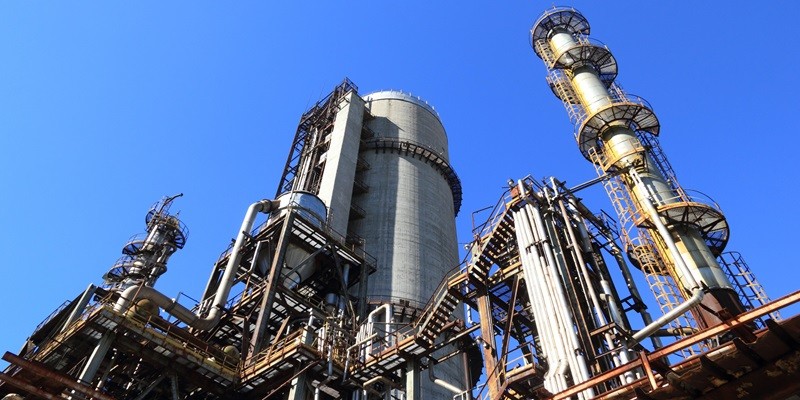Steel frame structures symbolize innovation, versatility, and strength in modern construction and architecture. These frameworks have transcended their traditional roles, becoming integral in various applications beyond the confines of towering skyscrapers and large commercial steel frame buildings. Steel, with its unique combination of durability, flexibility, and cost-effectiveness, has paved the way for creative and practical solutions in construction. This article delves into the diverse world of steel frame usage, exploring how this material shapes the infrastructure of the contemporary world.
1. Commercial Buildings and Skyscrapers:
Steel frame structures are synonymous with the modern city skyline, primarily due to their use in commercial buildings and skyscrapers. The strength-to-weight ratio of steel allows for higher buildings with more floors, all while maintaining safety and stability. These structures support the weight of the building and resist wind, seismic, and other loads, making them ideal for high-rise construction in urban centres.
2. Industrial Facilities and Warehouses:
Steel frames are crucial for constructing large warehouses and manufacturing facilities in the industrial sector. These structures require vast open spaces and high ceilings to accommodate heavy machinery and storage needs. Steel’s ability to span large distances without intermediate supports makes it an optimal choice, offering flexibility in layout and design for various industrial applications.
3. Residential Buildings:
The application of steel frames in residential construction has seen significant growth. Their adaptability allows for innovative designs catering to modern homes’ aesthetic and functional needs. Steel frames offer enhanced protection against natural elements like earthquakes and hurricanes, making them a safe choice for housing. Moreover, the speed of construction and reduced labour costs benefit residential projects.
4. Bridges and Infrastructure:
Steel frames are the backbone of infrastructure, particularly in bridge construction. Their high tensile strength is ideal for spanning long distances, essential for bridges. When treated, Steel’s resistance to corrosion adds to its longevity, making it a sustainable choice for public infrastructure that requires minimal maintenance over time.
5. Recreational and Public Spaces:
The versatility of steel frames extends to recreational and public spaces such as stadiums, parks, and exhibition halls. These structures often require large, unobstructed areas to accommodate crowds and activities. Steel’s ability to be moulded into various shapes and sizes enables architects to design unique, visually appealing, functional, and aesthetic structures.
6. Agricultural Uses:
Steel frame structures are increasingly popular for barns, storage facilities, and indoor agricultural arenas in the agricultural sector. Their extreme durability and resistance to harsh environmental conditions make them ideal for storing crops and housing livestock. Additionally, the adroitness of installation and maintenance makes steel frame buildings cost-effective for agricultural needs.
7. Retrofitting and Reinforcement:
Steel frames play a crucial role in retrofitting and reinforcing existing buildings. Structures needing upgrading, whether for safety or aesthetics, can benefit from incorporating steel frames. This approach is particularly relevant in earthquake-prone areas, where steel’s flexibility and strength can significantly enhance a building’s seismic performance.
Conclusion:
The multifaceted world of steel frame usage showcases the material’s unparalleled versatility in construction and architecture. Steel frames offer innovative, reliable, and efficient solutions, from towering skyscrapers to intimate residential homes, from expansive industrial complexes to delicate bridge structures. As the world leans towards more sustainable and resilient building practices, the role of steel frames becomes even more pronounced, marking them as a cornerstone of modern construction and design. In this ever-changing landscape, the adaptability and strength of steel frame structures shine through, heralding a future where practicality and creativity converge.







